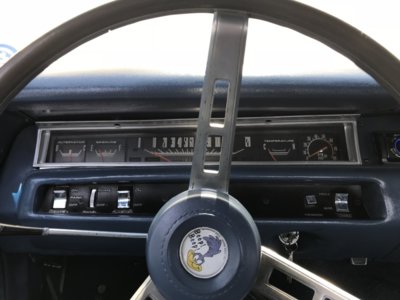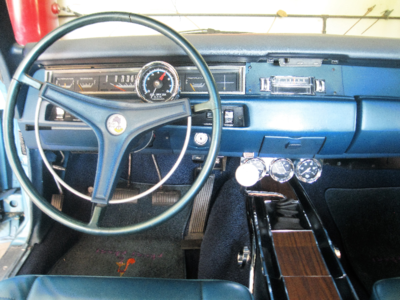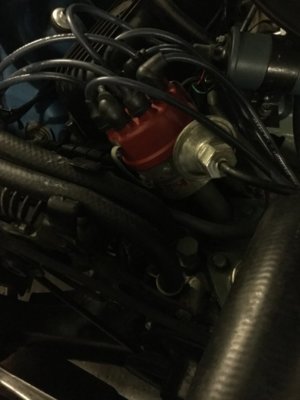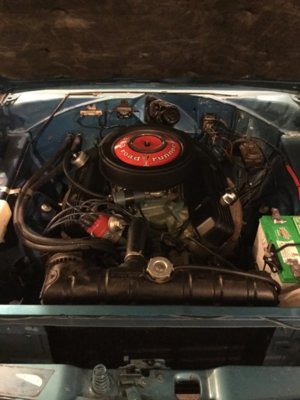I always just get the factory gauges working.
The gas gauge and temperature gauge run off the same power source. There's a voltage limiter that plugs into the dash that's supplies 5 volts to both those gauges. It's a bit trouble prone and doesn't age well. Best bet is to replace with a modern electronic version.
To check the gas and temp gauge, the easiest method that will verify that they work is to simply unhook the connections at the tank and ground the wires to the gauges. They should read at their maximum. If they don't, the voltage limiter, mentioned above, is the first suspect.
Gas tank senders are often suspect, although I think a lot get replaced without good reason. It's really necessary to have a good ground to the sender. Chrysler used a clip between the fuel line and the sender line to accomplish this, but the question then becomes "Is the fuel line grounded well?". Usually, the answer is no... The line develops a bit of corrosion here and there... as does the frame... and it doesn't do what is needed. I soldered a tab for a wire onto my 300's tank sender and then ran a wire to a good ground to eliminate that problem.
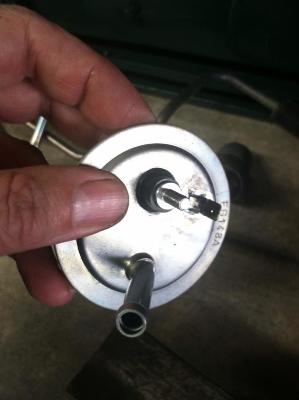
Usually the temp sender works or doesn't work... I have seen where too much goop or teflon tape on the threads makes for a bad ground, but that's not real common. Use a proper replacement sender if you decide to replace it, but I doubt seriously if it's the problem.
The tach runs off 12 volts, sourced directly from the fuse block. A gray wire with a white stripe runs to the negative side of the coil. Make sure that wire is in place. Are you running a stock ignition? The factory tach may not work with some aftermarket ignitions.
An accessory oil pressure gauge is a great idea... I strongly suggest running an electrical gauge rather than a mechanical gauge. The mechanical gauge will have a tube that runs into the interior. If (or when) that tube breaks, it makes a real mess inside your car. Been there.. done that... You can leave the oil light sender in place. If you look at the top of the block where the sender is, you'll see another plug that you can remove and put the new sender in that hole.
The factory gauges are pretty good. You just have to have the right pieces in place and working.
This will get you started. We can properly diagnose the gauges more thoroughly if needed.
